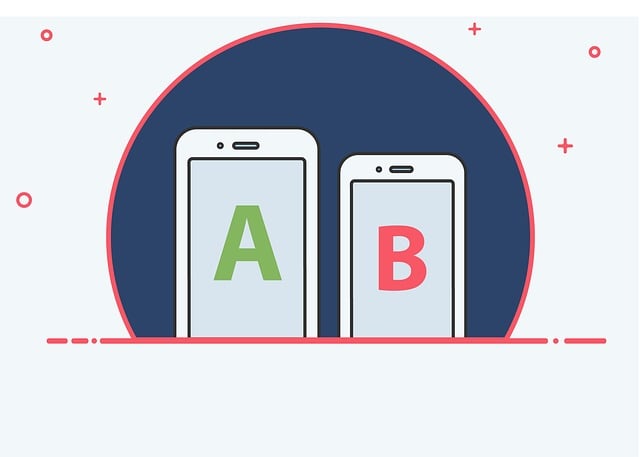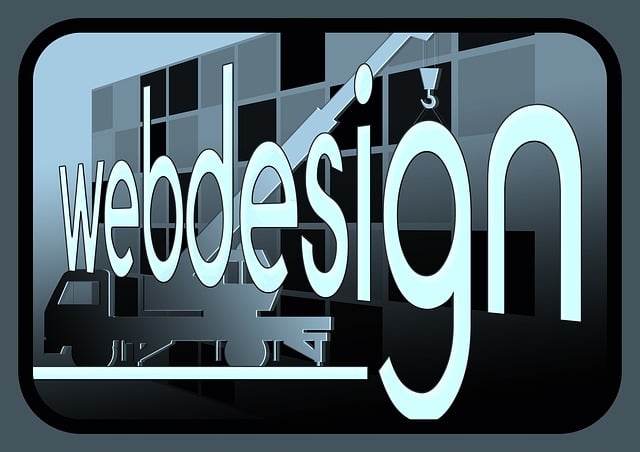Custom web design offers tailored digital solutions, enhancing user engagement, brand credibility, and online growth. It combines strategic UX, visual appeal, and functionality through meticulous processes using industry-standard tools like HTML5, CSS3, JavaScript, WordPress, Adobe XD, and SEO strategies. Regular maintenance ensures longevity, while tracking key metrics enables continuous improvement to stay competitive in the digital market.
In today’s digital landscape, a website is more than just an online presence; it’s a powerful tool for businesses and individuals alike. Creative custom web design goes beyond standard templates, offering unique solutions tailored to specific needs. This comprehensive guide explores the intricacies of custom web design, from defining its benefits to choosing the right tools, UX considerations, SEO integration, and measuring success. Unlock the potential of your online space with insights into crafting a website that captivates and performs.
Understanding Custom Web Design: Definition and Benefits

Custom web design is a specialized approach to building websites that goes beyond standard templates and off-the-shelf solutions. It involves crafting unique, tailored experiences that reflect a brand’s identity, target audience, and specific business needs. By focusing on customization, designers can create visually appealing, user-friendly interfaces that stand out in a crowded digital landscape.
The benefits of custom web design are numerous. It enhances user engagement by providing a seamless, intuitive experience tailored to individual preferences. Customization allows for better content organization, improved accessibility features, and optimized performance, ensuring the website meets both aesthetic and functional requirements. Moreover, a custom-designed website can significantly boost brand credibility, foster stronger connections with visitors, and drive business growth in an increasingly competitive online environment.
Key Elements of a Successful Custom Website

A successful custom web design goes beyond aesthetics; it’s a strategic blend of user experience, functionality, and visual appeal. Essential elements include intuitive navigation, ensuring visitors can effortlessly explore your site’s content. A clear call to action (CTA) is another critical aspect, guiding users towards your desired outcome, whether that’s making a purchase or subscribing to a newsletter.
The design should be responsive, adapting seamlessly to various devices and screen sizes, catering to the growing number of mobile internet users. High-quality visuals, including optimized images and engaging multimedia, enhance user experience. Additionally, a custom website should incorporate fast loading times, secure transactions, and easy integration with third-party tools, all contributing to a seamless digital journey for your audience.
The Process of Creating a Custom Web Design

Creating a custom web design involves a meticulous process that transforms ideas and concepts into digital reality. It all begins with understanding the client’s vision, goals, and target audience. This initial phase is crucial for setting the project’s direction and ensuring the final product aligns with expectations. Web designers conduct thorough research to gather insights, create wireframes—the skeletal structure of the website—and develop a unique visual identity that reflects the brand’s essence.
The design then moves into the development stage where HTML, CSS, and JavaScript come into play. Developers translate the design elements into functional code, bringing the creative concepts to life on the web. Throughout this process, ongoing communication between the client and designer is vital to incorporate feedback, refine details, and achieve a seamless final product that delivers an exceptional user experience.
Choosing the Right Tools and Technologies

When diving into creative custom website design, selecting the appropriate tools and technologies is a pivotal first step. This choice isn’t merely about aesthetics; it directly impacts functionality, performance, and ultimately, user experience. Opting for industry-standard coding languages like HTML5, CSS3, and JavaScript ensures your site is not only visually captivating but also compatible with modern browsers and devices. Content Management Systems (CMS) such as WordPress or Drupal offer a more accessible approach to content creation without sacrificing customization.
Moreover, leveraging powerful design tools like Adobe XD, Figma, or Sketch enables designers to create intricate wireframes, mockups, and prototypes efficiently. These platforms facilitate collaboration, allowing developers and clients to provide real-time feedback. Incorporating responsive design principles using frameworks like Bootstrap or Tailwind CSS guarantees your custom web design adapts seamlessly across various screen sizes, enhancing accessibility and user engagement in the dynamic digital landscape.
User Experience (UX) Considerations for Custom Websites

When it comes to creative custom website design, User Experience (UX) considerations are paramount. A well-designed custom web site should be intuitive and easy to navigate, ensuring visitors can find information or services quickly and effortlessly. This involves thoughtful layout planning, consistent design elements, and clear call-to-actions that guide users through the site’s content. Custom web design professionals must also account for various devices and screen sizes, implementing responsive designs that adapt seamlessly from desktop to mobile.
Effective UX in custom web design goes beyond aesthetics; it focuses on creating a logical flow that enhances user engagement. This includes optimizing page load times, simplifying forms, and incorporating user feedback mechanisms. By prioritizing UX, custom web designers not only improve the overall visitor experience but also boost search engine optimization (SEO) rankings, as search engines favor sites that offer a positive user experience.
Integrating Creative Elements for Visual Appeal

In the realm of custom web design, integrating creative elements goes beyond mere aesthetics; it’s a strategy to captivate and engage users. A visually appealing website is no longer just about beautiful graphics; it involves clever use of space, typography, color schemes, and unique visual components that tell a brand story. Creative custom web design transcends the conventional, utilizing innovative ideas and artistic touches to make a lasting impression.
When crafting a custom web design, consider incorporating illustrations, animations, or interactive elements that align with the client’s branding and target audience. These creative additions not only break the monotony of traditional web layouts but also enhance user experience. Well-designed visuals can effectively communicate complex ideas, making information more digestible and encouraging users to explore further, ultimately improving engagement and conversion rates.
Search Engine Optimization (SEO) in Custom Web Design

In the realm of custom web design, Search Engine Optimization (SEO) plays a pivotal role in enhancing online visibility and driving organic traffic. A well-crafted, SEO-friendly website ensures that your content is not only aesthetically pleasing but also strategically optimized to rank higher on search engine results pages (SERPs). By integrating relevant keywords, meta tags, and structured data, custom web design experts can make your site more discoverable to potential customers and users. This process involves understanding the target audience’s search patterns and tailoring the website’s content and structure accordingly.
Custom web design that prioritizes SEO ensures not just better online visibility but also provides a richer user experience. Optimized sites load faster, are mobile-responsive, and offer seamless navigation, all of which contribute to higher user engagement and reduced bounce rates. Additionally, by focusing on high-quality content and effective keyword usage, custom web design professionals can help your business establish itself as an authority in its niche, further solidifying its online presence and driving long-term success.
Maintenance and Updates for Longevity

A stunning custom website design is just the beginning; regular maintenance and updates are vital for its longevity and continued effectiveness in representing your brand. Like any digital asset, a custom web design requires ongoing care to ensure it remains secure, up-to-date with industry best practices, and visually appealing. This includes fixing any bugs or glitches that may arise, applying security patches to protect against cyber threats, and keeping content fresh and relevant to engage users.
Regular updates also ensure your website remains optimized for search engines (SEO), which is crucial for visibility and driving organic traffic. By maintaining a dynamic online presence, you can outpace competitors who have static or neglected websites. It’s an investment in the long-term success of your online platform.
Measuring Success: Evaluating Your Custom Website's Performance

Measuring success is a critical aspect of evaluating your custom web design’s performance. It involves tracking key metrics such as user engagement, conversion rates, and bounce rates to gauge how effectively your website achieves its goals. Custom web design that excels in these areas not only attracts and retains visitors but also fosters meaningful interactions, ultimately leading to increased sales or subscriptions.
By analyzing data from analytics tools, you can identify pain points and areas for improvement within your custom web design. This might include optimizing loading speeds, improving call-to-action (CTA) placement, or refining the user experience based on heatmap data. Regularly reviewing and adjusting your website’s performance ensures that it remains competitive in the dynamic digital landscape, aligning with the latest trends and user expectations in custom web design.
